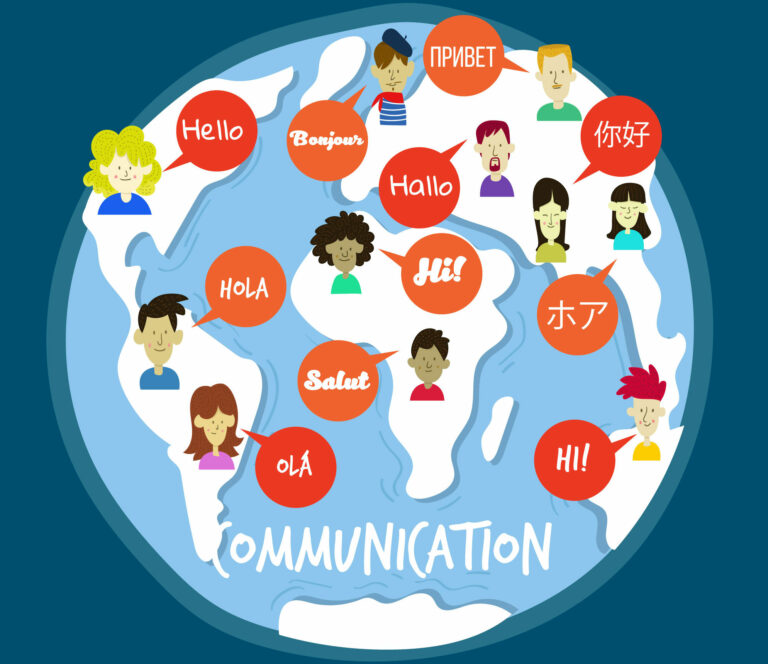
AI Breaks Barriers: New Advancements in Language UnderstandingAI Breaks Barriers: New Advancements in Language Understanding Natural language processing (NLP) has emerged as a transformative technology, revolutionizing the way we interact with computers and unlocking new possibilities in various domains. With the advent of artificial intelligence (AI), NLP has taken a quantum leap forward, enabling machines to comprehend and generate human language with unprecedented accuracy and sophistication. Bridging the Language Gap One of the most significant advancements in NLP is the development of large language models (LLMs) such as OpenAI’s GPT-3 and Google’s BERT. These models have been trained on vast datasets of text, allowing them to extract deep insights and generate fluent, coherent text. This breakthrough has paved the way for AI-powered language translation, chatbot assistants, and text summarization tools that can seamlessly bridge the language barrier. Unlocking Human-like Communication LLMs have also made significant progress in understanding and responding to human conversations. Their ability to recognize context, make inferences, and generate personalized responses has enabled the creation of highly interactive and engaging chatbots. These virtual assistants can now hold natural conversations, provide relevant information, and even express emotions, offering a more human-like user experience. Boosting Content Creation and Analysis NLP is also transforming the fields of content creation and analysis. AI-powered writing assistants can generate high-quality text in various styles and tones, saving time and improving efficiency. Additionally, NLP tools can analyze large volumes of text, extract key insights, and identify patterns, providing valuable insights for marketing, research, and customer service. Empowering Healthcare and Education NLP is also making significant contributions to healthcare and education. By analyzing patient records, AI systems can identify patterns and risks, assisting doctors in making more informed decisions. In education, NLP-powered tools can personalize learning experiences, provide real-time feedback, and make educational content more accessible. Overcoming Language Barriers in Real-World Applications The advancements in NLP have already found practical applications in numerous real-world scenarios: * Customer Support: AI-powered chatbots provide 24/7 customer support, resolving queries quickly and efficiently. * E-commerce: NLP helps businesses understand customer preferences, personalize product recommendations, and improve search functionality. * Legal Assistance: NLP tools can analyze legal documents, extract key information, and predict case outcomes, streamlining legal processes. * Language Learning: AI-powered language learning platforms provide personalized lessons, interactive exercises, and feedback, making language acquisition more accessible. Future Prospects and Challenges As NLP continues to advance, we can expect even more groundbreaking developments in the future. AI systems are poised to become more sophisticated, enabling them to comprehend language with a deeper level of understanding and generate text that is virtually indistinguishable from human writing. However, there are also challenges that need to be addressed, such as bias mitigation and ethical considerations, to ensure that NLP is used responsibly and for the benefit of humankind. The transformative power of AI in NLP is undeniable. By breaking down language barriers and enabling deeper human-machine interaction, this technology holds immense potential for unlocking new frontiers in communication, content creation, and a wide range of other fields. As we continue to explore the possibilities of NLP, we can anticipate innovations that will further revolutionize the way we live, work, and communicate.
Posted inNews